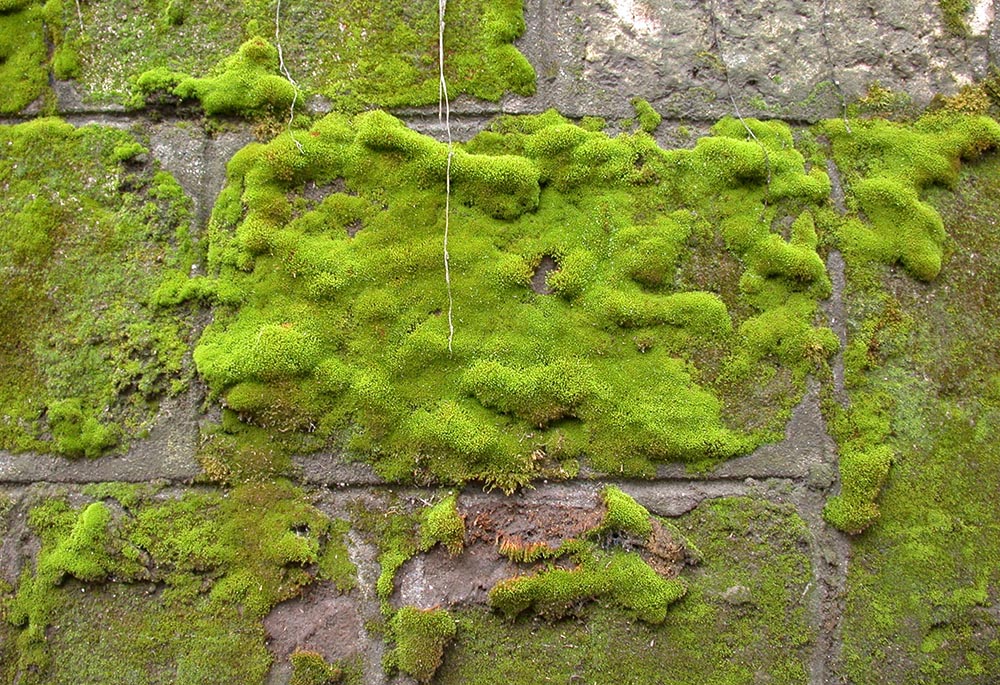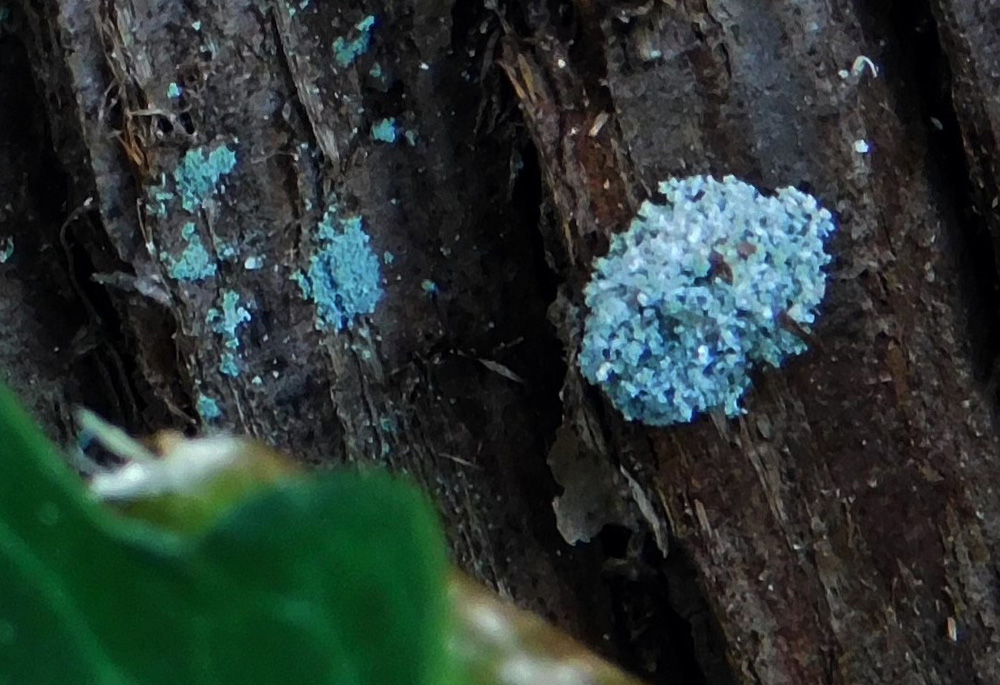
(Pixabay/Nacymac)
All winter I'd been rooting for some volunteer mosses on the roof outside my workroom window. Plump lumps of shocking apple-green life arising in cracks of crazed black antediluvian tar paper. (Maybe this should be a poem — a poem about the days before the great flood. … No! Way beyond my skill set.) Anyway, the moss is gone now.
First, roofers came one morning to fix a leak. With blowtorch and fresh tar paper patches they transplanted this happy moss from convent roof to my wistful memory. Then yesterday we had a blizzard which crushed any possibility of moss life that might have survived the roofer's blue flames and black goop.
With moss you must be gentle, like coaxing a new paradigm into being … like raising a child. Moss has no (visible) roots — too young in the evolutionary story to be considered "true plants."
Its slim nonvascular structure lacks the prowess of gravity-defying stems. Blankets of it have remained prostrate for hundreds of millions of years while giant ferns and woody plants rose high about the forest floor. Moss does its work close to the curve of the planet, barely staking a claim on the dirt it hugs. It is as easily displaced as is any exuberant cause for joy.
We classify it according to what it lacks: division Bryophyta — rootless, flowerless, lumped into an academic bin with liverworts.
How did it get there — this subject of my daily devotion, on the roof no less — when nothing else in the world below seems green or orderly? Promiscuous spores — wind-blown? Bird-delivered? Did it ask to grow here?
Prior to its extinction by blowtorch there was barely enough to line a tiny Easter basket, let alone a casket like folks did in the past before they had choices between velvet or satin. Aware of our respective humble states, we greeted each other each morning as we settled down to do our work — Sister Moss tatting rare rays of January sun into rudimentary leaves to manufacture useful sugar. Me, still moody from last night's moon, trying to bend milky light into crisp, perpendicular words. We were there for each other for a good while, till the end of her by fire, and thick black goop, and ice.
Advertisement
Under the microscope her architecture was stunning. More infrastructure than mass. More light than substance … tissue so translucent it was hard to tell which filament was above or below the others. Focus is tricky — whether you're a pair of optical lenses in a microscope, or an archeological scripture scholar, or a soul seeking the face of the beloved.
We come from a long line of peeping Toms.
Ancient Egyptians, Chinese, Greeks and Romans used chips of crystal, slices of obsidian as magnifying lenses. In the 15th century, Galileo made a tube to spy on the heavens. A little later van Leeuwenhoek plumbed the depths of dewdrops.
Fast forward to 1847 on the island of Nantucket, when an American astronomer and poet, Maria Mitchell, captured a comet in her tiny lens. She lovingly bade her students: "Mingle the starlight with your lives and you won't be fretted by trifles."
Since then, we've been aiming deeper into the micro-realms and higher by lightyears into the skies. Projects such as SETI (Search for Extraterrestrial Intelligence), and the Hubble Space Telescope have encouraged our imaginations.
Years ago, a colleague/friend in the biology department and I discovered an unusual insect on the bark of a ginkgo tree in our college's arboretum. We fondly referred to it as the "Mystery Bug," for it eluded identification in every entomology book on our reference shelves. It defied all our reliable "go-to" insect experts. It was neither "some sort of darkling beetle" nor "some sort of leaf hopper," as one entomological botanist eruditely suggested.
The critter came as surprise — pure gift. We weren't about to pin it to a black velvet cushion, or slap it on a lab bench like a dead cat to see what was inside. It came with opportunity: to stand back and wonder, to find in ourselves a silence of word and action — a suspension of knowing and need to know in which this creature could go on thriving and know us in our glory— curious and clueless, delighting in its holy mysterious life. It alerted us to the huge unknown we often obscure by efforts to explain the world and tame it into facts.
From that discovery onward, no tree in the arboretum did not sparkle with the possibility of secrets. Suddenly, scrutinizing each inch of bark became a morning meditation, a lunchtime field trip, vespers with flashlights. We found others. Or maybe they found us.
On one occasion we transported a him or her in a petri dish to the lab. Under 20 times magnification, we saw six insect legs, and pinchers poking out of a head's or tail's end.
The critter came as surprise — pure gift. ... It alerted us to the huge unknown we often obscure by efforts to explain the world and tame it into facts.
But the amazing aspect of this individual was — that it was no individual at all. This creature was hauling around on its back, like Atlas, a whole ecosystem. We glimpsed algal hairs and fungal threads, and even a single-celled amoeba-like passenger before we returned her to her tree.
I made a vow back then to teach —not from fact— but from mystery. I would stage it if I had to; tie students to their lab benches until mystery had its way with them, pierced their hearts, set them on the quest of their lives.
I'm sure this creature's metaphoric message will not be lost on us, my dear curious concerned earthlings. How heavy are the ecosystems we carry around on our collective aching backs! Do we even know who's here with us— sharing our bodies, creating our soil, peering down on us from skies above? Oh, the elegant eyes and ears we humans have jerry-rigged to find them!
In a few months we will see, with meticulously crafted metallic eyes, what the long-awaited James Webb Space Telescope will show us.
Wait. What is it that we're looking for again? The beginning of time? A peek at the nothingness before there was anything at all? Wait. What if this brand-new telescope sees the face of God? (Who among us will step up to confirm or deny it?)
And what, after all, is it that we're looking for — if not the face of God?
Someone who looks back, and does not turn away. Someone who's searching for us with Easter eyes.
What would it mean to be seen, and see the whole world, with Easter eyes?
P.S. The Mystery Bug has subsequently been identified. No fearsome insect — but the larval stage of the green lacewing: Chrysoperla rufilabris, a beneficial insect we are pleased, and very honored to have among us.

Picture of a green lacewing larva, Chrysoperla rufilabris (Michael F. Gross, Ph.D.)







